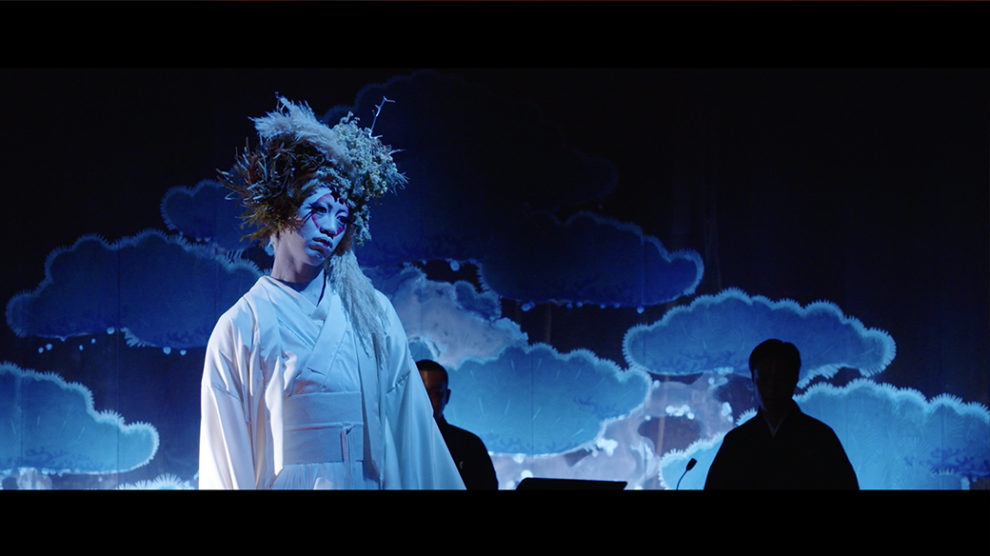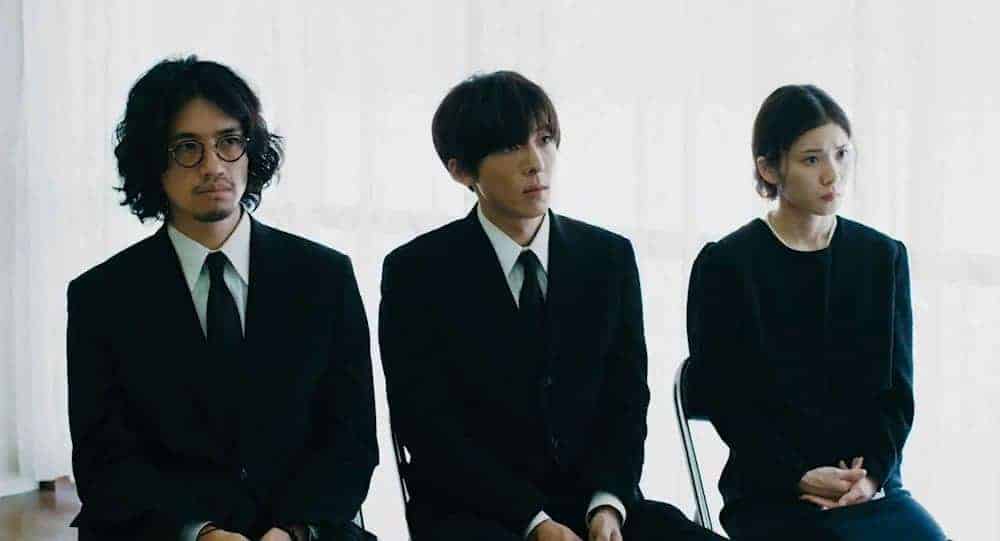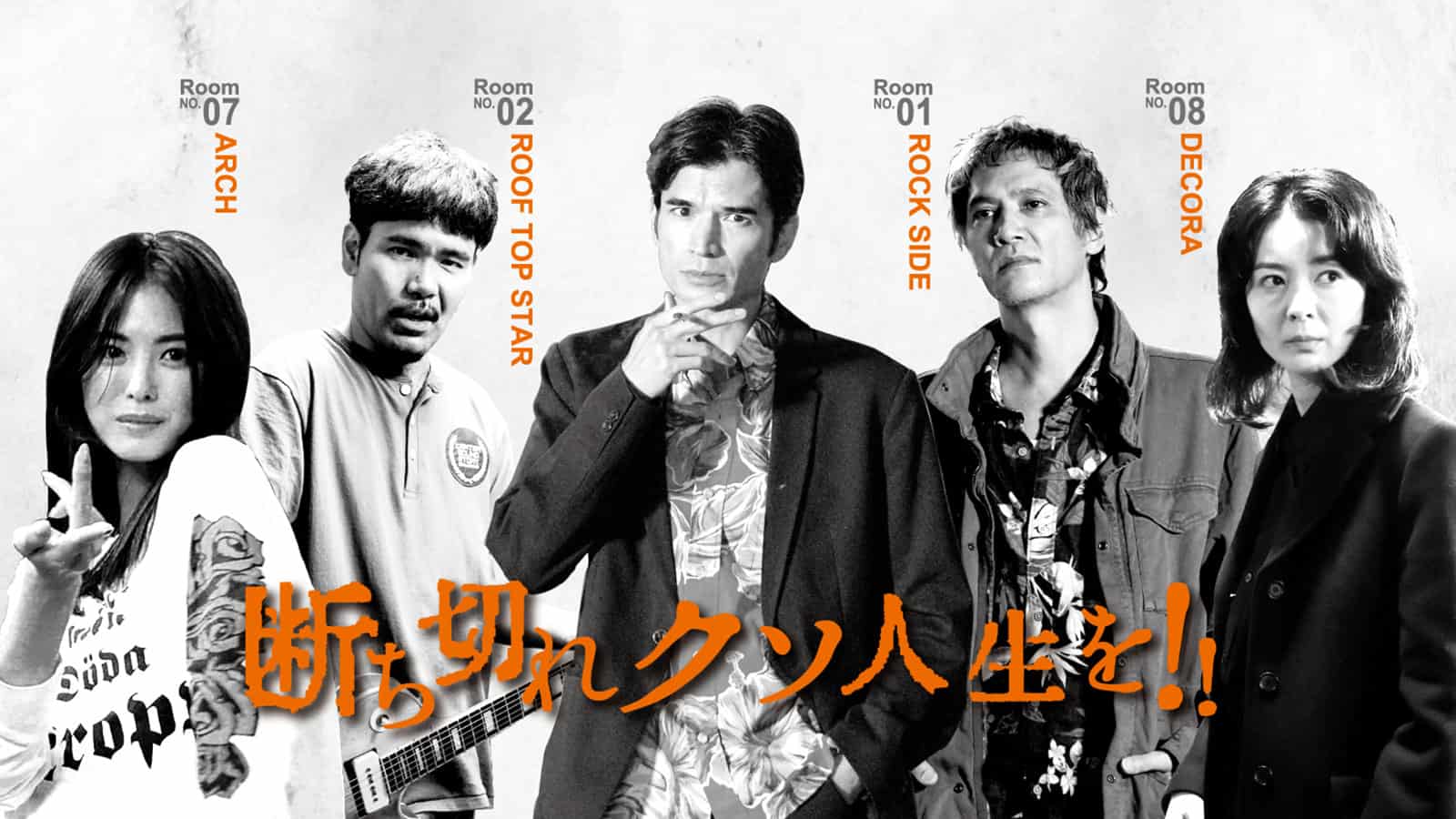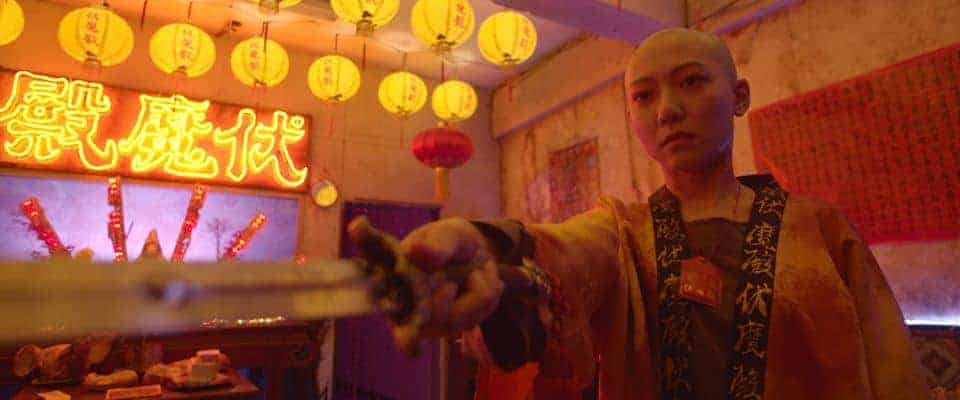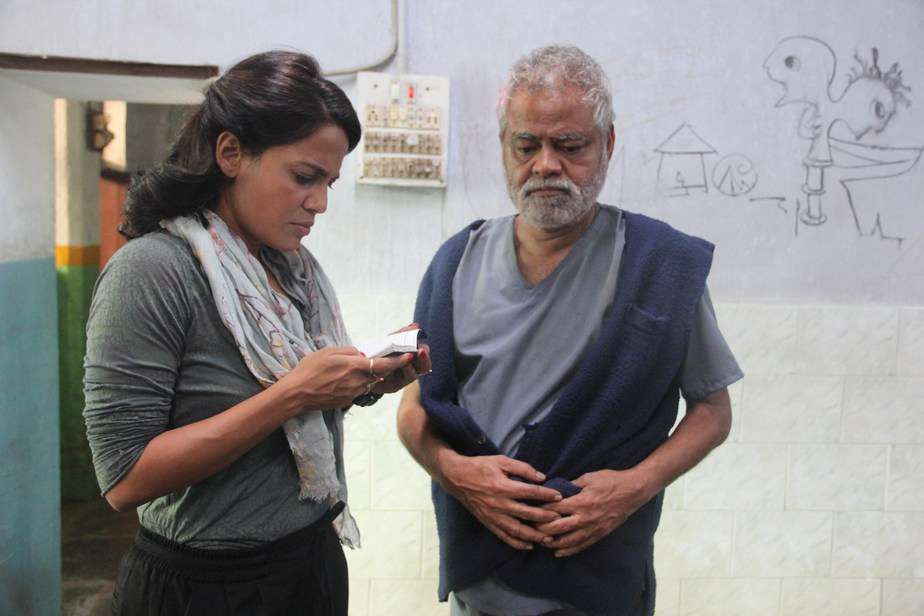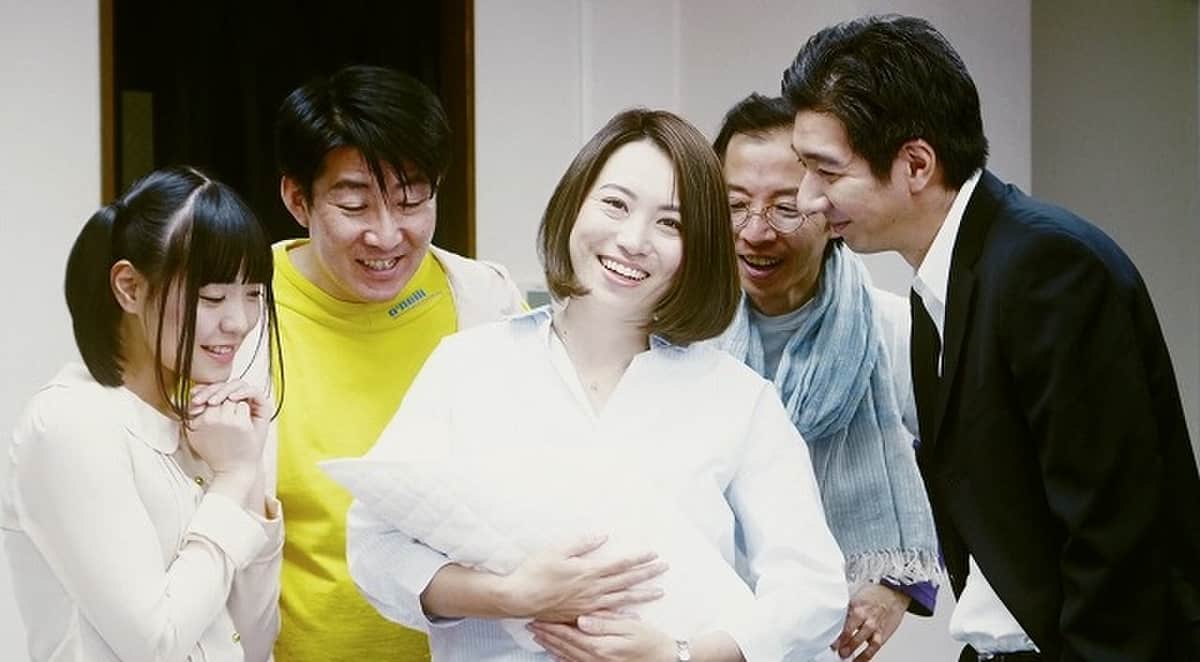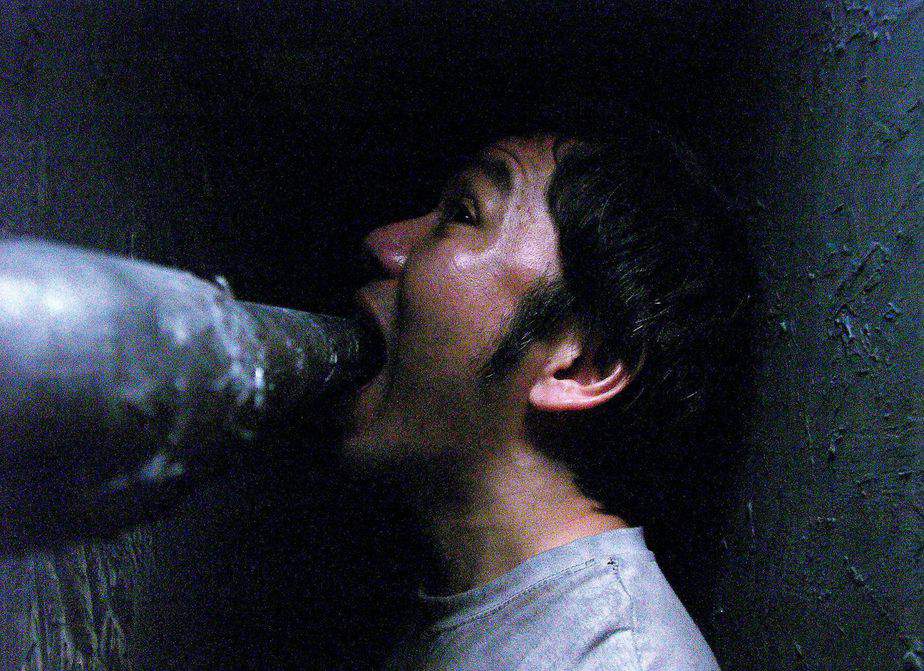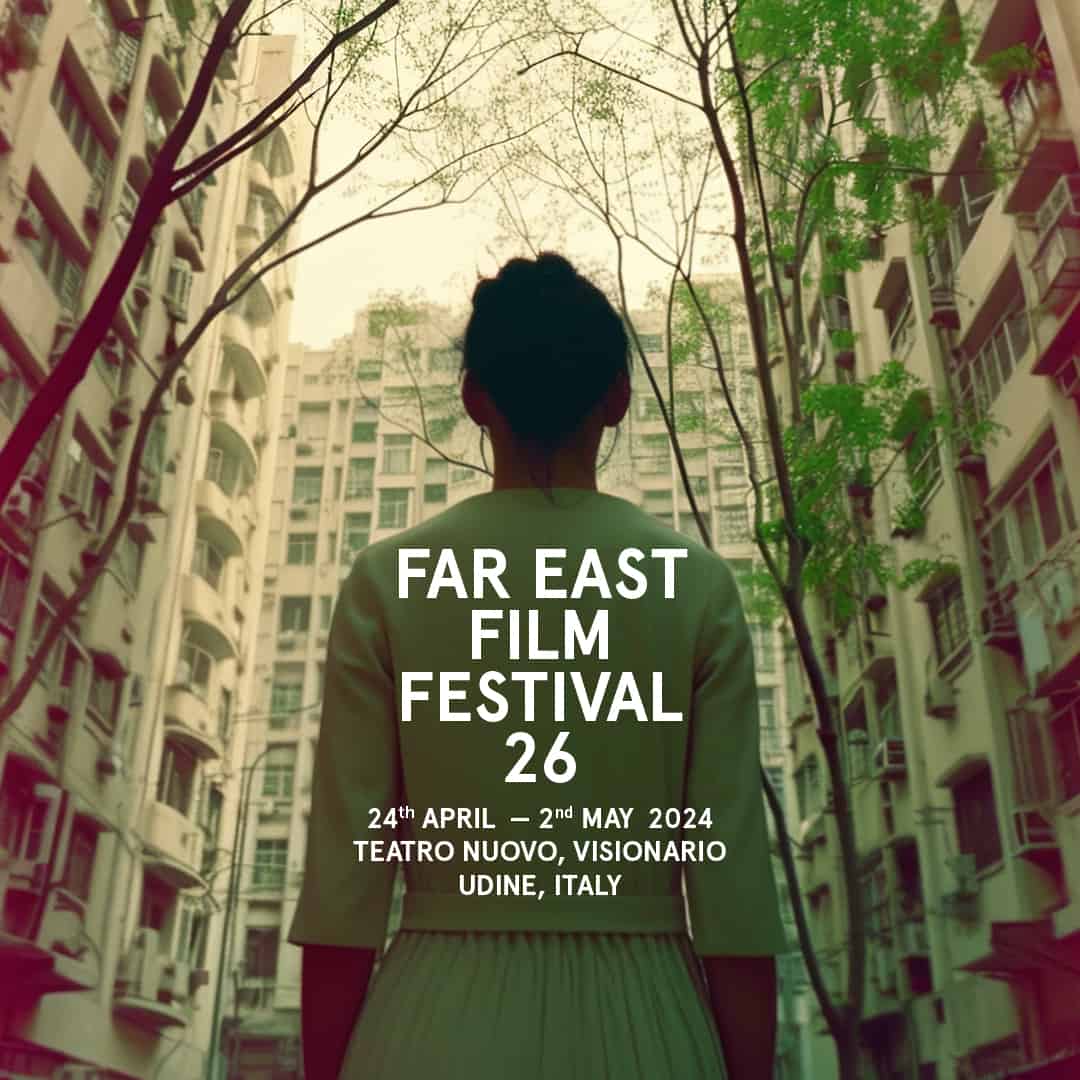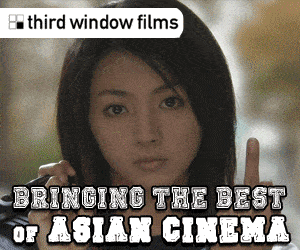In tumultuous or dark times, art can be an essential source of inspiration and motivation for many people, even though those in charge of a nation's cultural politics often do not treat it as such, as we have seen in many countries during the COVID-19 pandemic. Limiting a person's life to the basics will certainly work for a short while, but the beauty, the themes and intellectual discourses provided by film, theater and music is something many of us have craved for. When in 2020 concerts, film screenings and theater performances had to be canceled, many artists were left without a source of income as well as a chance to work, which must have been increasingly frustrating for kabuki actor Kazutaro Nakamura, who eventually assembled a team of traditional musicians and fellow dancers to record a show. The result of their efforts is “Art Kabuki”, a performance showing the diversity of Japanese dancing, acting and, in general, traditional theater, enhanced by the advances in modern technology.
Art Kabuki is screening at Fantasia International Film Festival
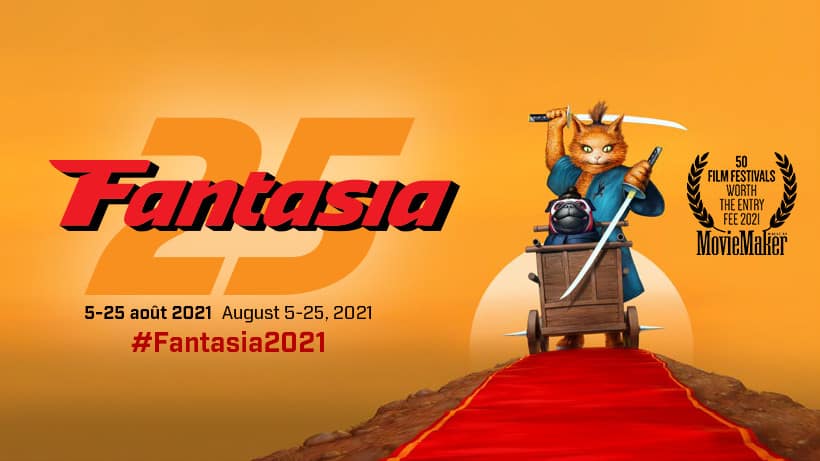
Within 86 minutes, the audience will witness the art of kabuki, albeit with a modern take. Consisting of traditional songs as well as a collection of stories set in ancient Japan, “Art Kabuki” follows the themes of play, beauty and life. The arrival of fours gods on earth is followed by prayers and celebrations of the change of seasons, whereas the story of a samurai tells the timeless tale about the horrors of war in connection with the longing for peace in one's life. Even though there are intertitles signifying the transition to the next song or scene, each segment seems to blend seamlessly into the next, thus creating a fluid, interwoven tale of love, beauty and romance, as well as many other emotions and sensations. In short, Nakamura's feature manages to capture the whole range of feelings kabuki, or art in general, can inspire in its audience.
Besides the stories and the music, “Art Kabuki”, as the title suggests, also manages to capture the technical aspects of a theater performance. Given the opportunities of the medium, Nakamura uses a wide range of techniques, such as close-ups and editing, to further heighten the experience each story, scene and song provides for its viewer. The rapid pace of the music, the performances of the actors, the costumes and the setting become the canvas for the imagination of the viewer, wiling to give in to the tales “Art Kabuki” has to offer.
In the end, “Art Kabuki” is a wonderful introduction to the world of kabuki theater, while also an entertaining, highly artistic experience for its viewer. Especially during a time when many people were longing for the kind of distraction, discourse and beauty the arts can provide, Kazutaro Nakamura's feature reminds us of their power to appeal to our imagination.


